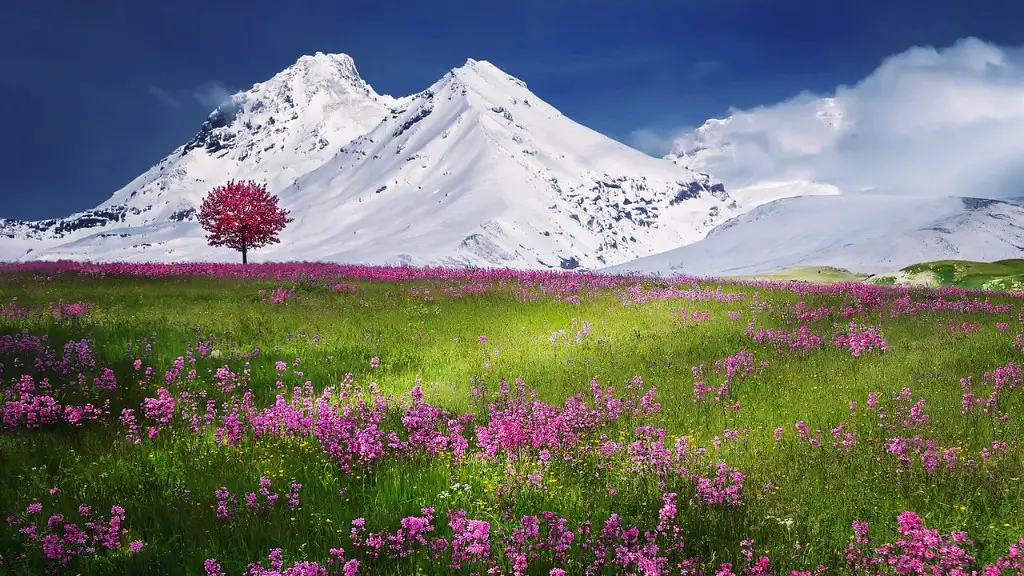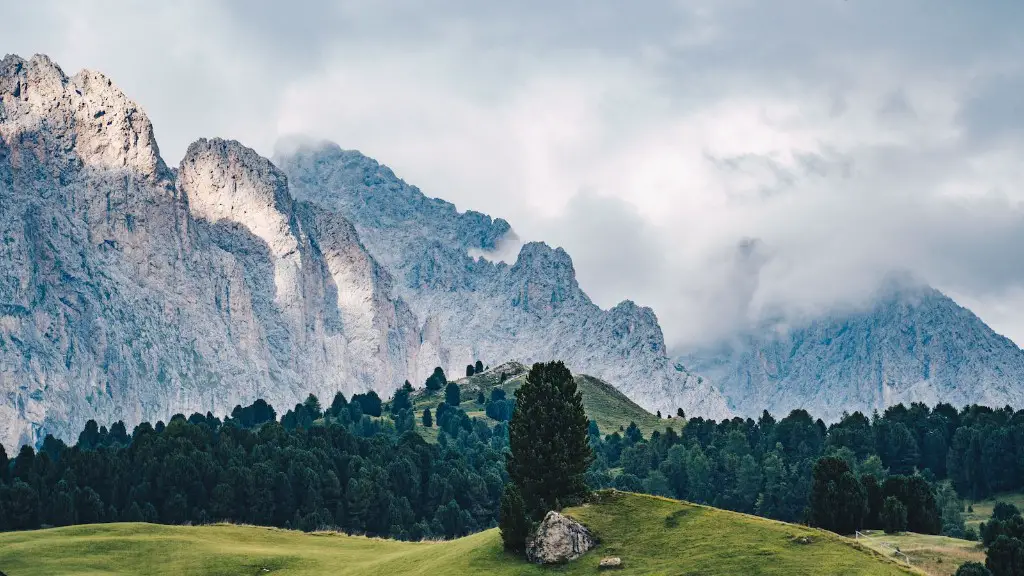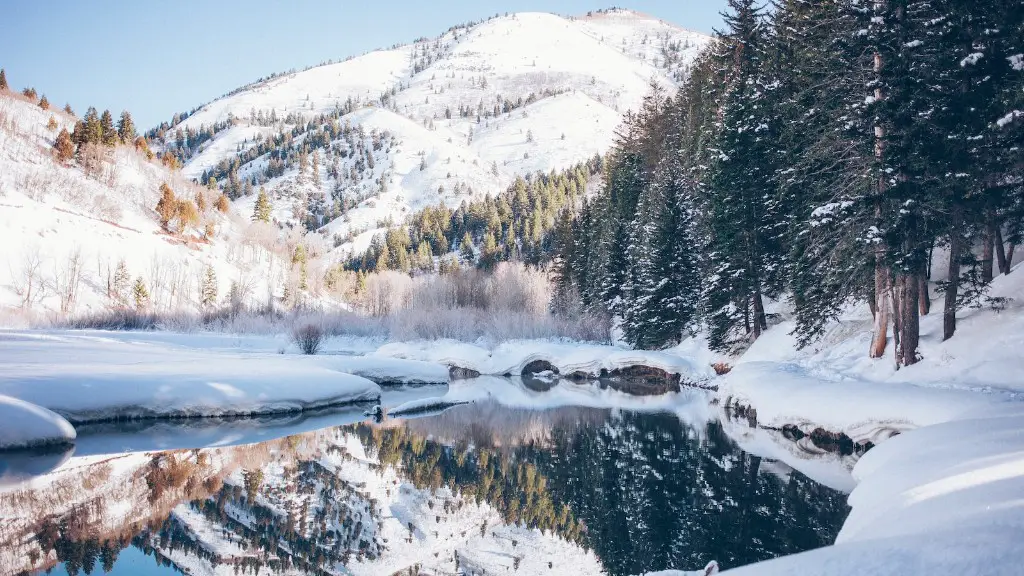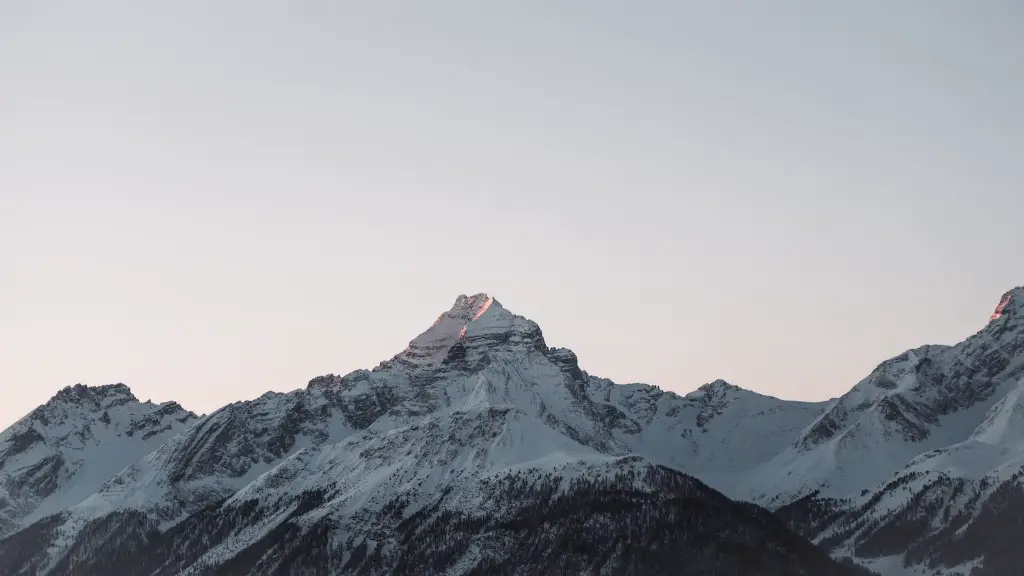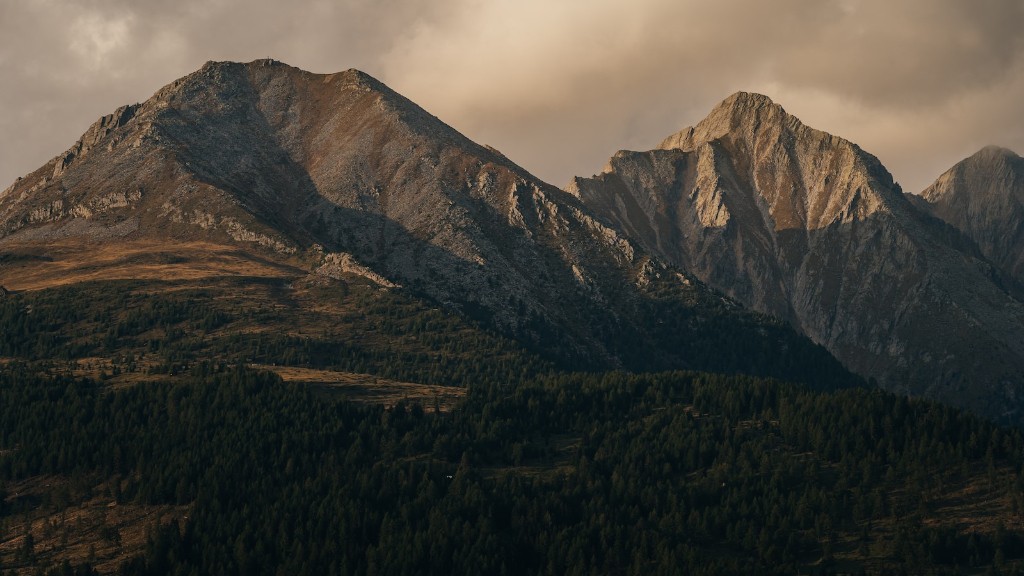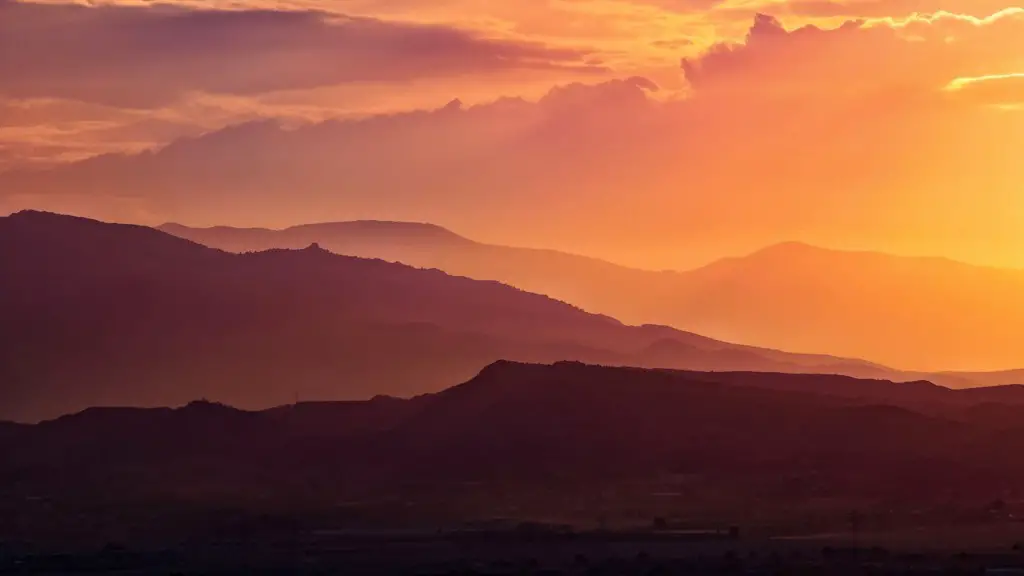The highest mountain in Africa, Mount Kilimanjaro is one of the most popular tourist destinations in the world. But how did this mountain come to be?
Mount Kilimanjaro is a volcanic mountain. It is formed from three volcanoes: Kibo, Mawenzi, and Shira. These volcanoes erupted over a period of millions of years, eventually creating the tall mountain that we see today.
Mount Kilimanjaro is a great example of the power of nature. Over time, the eruptions of these volcanoes created a magnificent mountain that stands tall over the African plains.
Mount Kilimanjaro was formed over millions of years as the Earth’s crust shifted and uplifted the landmass. Volcanic activity also played a role in the formation of the mountain, with lava flows and ash deposits helping to shape its iconic shape.
Is Mount Kilimanjaro a volcano or mountain?
Mount Kilimanjaro is the highest peak in Africa, located in Tanzania. The mountain is a snow-capped volcano, and is a popular destination for climbers and hikers.
The three main tectonic plates involved in the African continent are the Nubian Plate, the Somalian Plate, and the Arabian Plate. The Nubian Plate makes up most of the African continent, while the Somalian Plate is gradually pulling away from the Nubian Plate towards the east. The Arabian Plate is located to the north of the African continent.
How long did it take for Kilimanjaro to form
Mount Kilimanjaro’s three volcanoes began to develop with the formation of the Greater Rift Valley. Over the following two and a half million years, the three volcanoes continued to grow, and eruptions gave rise to Mount Kilimanjaro as we know it today.
Mount Kilimanjaro is one of the world’s most famous mountains, and it’s also one of the most geologically interesting. The mountain is made up of hardened lava, ash, pumice, and tephra, all of which are products of volcanic eruptions. Over time, each eruption has added a layer of these materials to the mountain, making it taller and taller.
What are 5 facts of Mount Kilimanjaro?
1. Mount Kilimanjaro is one of the seven summits.
2. Kilimanjaro stands on its own.
3. The mountain is on the equator.
4. Three volcanic cones created it.
5. Kilimanjaro isn’t dead; it’s dormant.
6. No one knows the real meaning of ‘Kilimanjaro.
7. The first ascent was more than a century ago.
The Western Breach area of Kilimanjaro is known to be dangerous due to the risk of rock falls. In the past, there have been tragic deaths in this area due to rock falls. The other routes up Kilimanjaro are safe to travel on and it is recommended to avoid the Western Breach Route.
What is unusual about Mount Kilimanjaro?
Mount Kilimanjaro is an iconic mountain located in Tanzania. It is the tallest mountain on the African continent and the highest free-standing mountain in the world. Mount Kilimanjaro has three volcanic cones, Mawenzi, Shira and Kibo. Mawenzi and Shira are extinct, but Kibo, the highest peak, is dormant and could erupt again. Mount Kilimanjaro is a popular destination for climbers and tourists alike, offering stunning views and an unforgettable experience.
1. Mount Kilimanjaro is one of the world’s Seven Summits.
2. You can hike Mount Kilimanjaro without climbing gear.
3. Mount Kilimanjaro is the world’s tallest free-standing mountain.
4. Mount Kilimanjaro is a volcano, and it has three cones.
5. The highest peak on Mount Kilimanjaro is Uhuru Peak, which stands at 19,341 feet tall.
6. Mount Kilimanjaro is located in Tanzania, and it is the country’s highest mountain.
7. The first successful ascent of Mount Kilimanjaro was made in 1889 by German explorer, Hans Meyer.
8. Every year, around 25,000 people attempt to climb Mount Kilimanjaro.
9. Mount Kilimanjaro is home to a variety of flora and fauna, including the endangered Abbot’s duiker.
10. Mount Kilimanjaro is one of the most popular tourist destinations in Africa.
Is Mount Kilimanjaro explosive
If you’re worried about Mount Kilimanjaro erupting while you climb it, don’t be. The last significant eruption occurred 360,000 years ago, and the most recent activity was roughly 150,000 – 200,000 years ago. So you’re unlikely to experience any volcanic activity while you’re there.
Most people would agree that summiting Mount Kilimanjaro is harder than trekking to Everest Base Camp. Although there are aspects of the Everest Base Camp trek that may be more challenging than Mount Kilimanjaro, such as the higher altitude and more difficult terrain, the general consensus is that Mount Kilimanjaro is the more difficult of the two treks. The main reason for this is the summit night – it’s a biggie. summiting Mount Kilimanjaro requires a lot of endurance, stamina and mental strength, as you are trekking through the night in order to reach the summit by sunrise. Although summiting Mount Everest is obviously an incredible feat, most people would agree that it is Mount Kilimanjaro that is the harder of the two treks.
Why is Kilimanjaro harder than Everest?
Our bodies are not designed to function well at high altitudes. The air is much thinner at high altitudes, which makes it harder to breathe. The lack of oxygen can cause serious health problems, including Altitude Sickness, which can be fatal.
Uhuru Peak is 5,895 m (19,341 ft) above sea level and Everest Base Camp is 5,364 m (17,598 ft). So you climb half a vertical Km higher on Kilimanjaro to reach to the Summit making it harder than Everest base camp.
Mount Everest is the tallest mountain in the world, but when you measure from base to summit, Kilimanjaro is actually taller. Kilimanjaro stands at a height of 5,895 meters, while Mount Everest stands at a height of 8,848 meters.
Do you need oxygen for Kilimanjaro
Climbing Mount Kilimanjaro is certainly a challenge, given its altitude. However, climbers do not need to use supplemental oxygen in order to reach the summit. The key is to use the acclimatization method of “walking slowly” (pole pole in Swahili) and to climb high during the day, but sleep at a lower altitude at night. With this method, climbers can successfully reach the summit without the use of supplemental oxygen.
Kilimanjaro is home to a variety of unique animals, including the colobus monkey, serval cat, aardvark, tree hyrax, duiker, white-tailed mongoose, and marsh mongoose. The white-necked raven is also a common sight on the mountain. These animals are all native to Tanzania and play an important role in the ecosystem.
Are the snows of Kilimanjaro melting?
The shrinking of glacier cover on Mount Kilimanjaro is a cause for concern. The accelerated melting rate of half a meter per year has led to a loss of 80% of the glacier cover since 1912. This has implications for the local climate and ecosystem. The loss of the glacier cover will cause a decrease in the amount of water available for the local population and could lead to a decline in the local economy.
It takes around two days to descend Kilimanjaro from the Uhuru Peak Summit to the Finish point. The descent can take up to 5hrs to reach to Camp for overnight and the following day 4hrs to 6 hrs depending on the route and trekkers experience.
Warp Up
The highest mountain in Africa, at 19,340 feet (5,895 meters), Mount Kilimanjaro is a stratovolcano composed of three distinct volcanic cones: Kibo, Mawenzi, and Shira. The mountain is located in Kilimanjaro National Park, Tanzania, about 125 miles (200 kilometers) south of the equator. The mountain formed about one million years ago.
Since its inception, Mount Kilimanjaro has had three volcanic cones. The oldest and southernmost is Kibo, the youngest and westernmost is Mawenzi, and the uncapped intermediary is Shira. These cones were formed through a process of accumulation and growth. The first phase of activity occurred approximately two million years ago when a series of volcanoes erupted in the Rift Valley. The second phase occurred approximately one million years ago when a large number of lava flows blanketed the region. The third and final phase began about 600,000 years ago, when Kibo first emerged.
